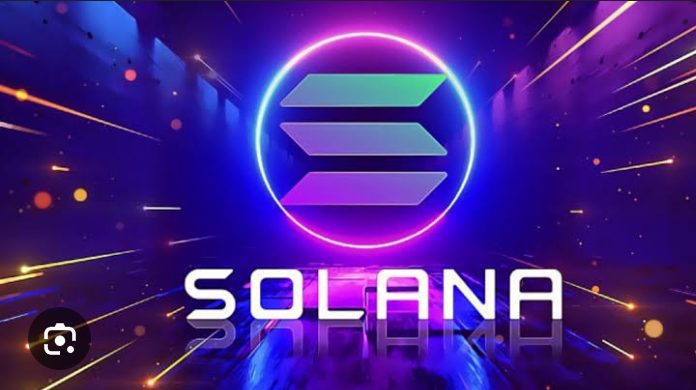Gas fees play a significant role in blockchain transactions as they represent the costs associated with various operations such as token transfers and smart contract executions. In the case of Solana, a blockchain known for its speed and scalability, gas fees function somewhat differently compared to other popular platforms like Ethereum.
Highlighted Characteristics of Solana Gas Fees:

1. Cost-Effectiveness: Solana stands out for its remarkably low transaction fees, typically amounting to just a fraction of a cent per transaction. This is a stark comparison to blockchains like Ethereum, where gas fees can fluctuate substantially and occasionally become overly expensive, notably during periods of heightened network congestion.
2. Scalability: Solana’s architecture is built to accommodate a high volume of transactions, potentially reaching up to 65,000 transactions per second (TPS). This exceptional throughput capability contributes to maintaining minimal gas fees even as the network expands with more users and applications.
3. Fee Payment: Gas fees on Solana are settled using its native cryptocurrency, SOL. The fee structure aims to be transparent and affordable, making it more accessible for users and developers to estimate transaction costs.
4. Efficient Resource Allocation: Solana utilizes a distinctive mechanism known as “Proof of History” (PoH) to facilitate more streamlined and scalable transaction processing. This mechanism enhances the network’s ability to sustain low gas fees while managing a substantial transaction load.
5. Swift Transaction Confirmation: Transactions on Solana are typically confirmed within seconds, ensuring near-instant finality. This rapid confirmation process, coupled with nominal fees, positions Solana as an appealing choice for diverse decentralized applications (dApps) and decentralized finance (DeFi) projects.
6. Economic Rationality: Solana’s fee model is meticulously designed for economic efficiency, ensuring that users are charged only for the computational resources they utilize. This approach helps mitigate the exorbitant fees that may arise on other networks during periods of high demand.
To sum up, Solana’s gas fees are a fundamental aspect of its overall allure, offering a blend of affordability, rapidity, and predictability. These attributes make Solana a compelling platform for developers and users seeking to execute transactions and deploy applications with minimal financial burden.





